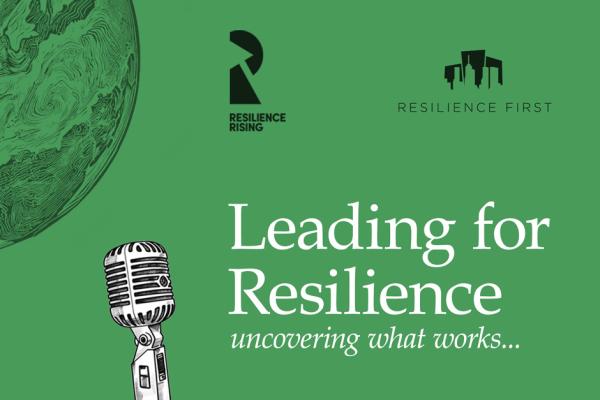by Elaine Roberts, Strategic Advisor, Resilience Rising
After another unpredictable year, organisational resilience has increased in priority for businesses. 2022 started with the easing of post-pandemic lockdowns. However, no organisation has bounced back to normal. War continues to disrupt supply chains, as do strike actions in response to a cost-of-living crisis, and hybrid working is here to stay.
Purpose and Resilience are Collaborative
July 2022 was the month that Boris Johnson resigned, and the launch of PAS 808. One gained more press attention than the other. However, whilst Boris is consigned to the backbenches, purpose is gathering momentum.
Purpose-Driven Organisations (PDOs) have a clear definition of why they exist, beyond growing profits. Corporate purpose is defined by Colin Mayer as “producing profitable solutions for the problems of the people and planet, and not profiting from creating problems.”
PAS 808:2022 Purpose Driven Organisations – Worldviews, Principles and Behaviours, is a guidance document describing what it means to be a purpose-driven organisation. This purpose enables early weak signal identification, adaptive strategy creation, and capacity and capability building.
Purpose underpins the five pillars of Resilience First’s Resilience Wheel, especially preparation, performance, and people.
Purpose and Preparation
Paul Polman put purpose at the heart of Unilever's Sustainable Living Plan (USLP): its turnaround strategy. The USLP translated the company’s purpose of making sustainable living commonplace into a core aim: double the size of the business through strong performance, while decoupling environmental impact from that growth, and optimising Unilever’s social impact.
In his book, Net-Positive he says that you will know that purpose is core to strategy if you can answer yes to five questions, related to growth and profitability, strategic decisions and investment choices, core value proposition, building and managing teams and organisational capabilities, and purpose in on the agenda in leadership meetings.
Purpose and Performance
In his book, Grow the Pie, Alex Edmans, a professor at the London Business School, says, “a purpose should contain two related dimensions – who it exists for and why it exists”. The who is often overlooked. He shares an insightful NHS case study, where through extensive consultations with external stakeholders, a deeper, shared understanding of purpose was achieved.
Edmans explains that focusing on purpose is not at the expense of growing profits. “By nurturing employees, serving customers, building long-term supplier relationships, contributing to local communities, and protecting the planet, the pie grows”. Creating value for stakeholders and shareholders.
Purpose and People
Many businesses are struggling to attract and retain talent amidst the Great Resignation. Recent research by Deloitte found that “employees who experience internal alignment between purpose, culture and leadership behaviours, and who understand how their day-to-day work relates to their organisational purpose ambitions, show higher levels of motivation and trust and a lower desire to quit their job”.
Deloitte recommends that businesses adopt a “profit with purpose” strategy, where purpose is embedded in every aspect of the organisation, from strategy and decision-making, culture and behaviours to brand, products, and stakeholder relationships.
2023 and beyond
As businesses face an increasingly uncertain 2023, the words of The Purpose Upgrade resonate. “Change your business to save the world. Change the world to save your business”.



